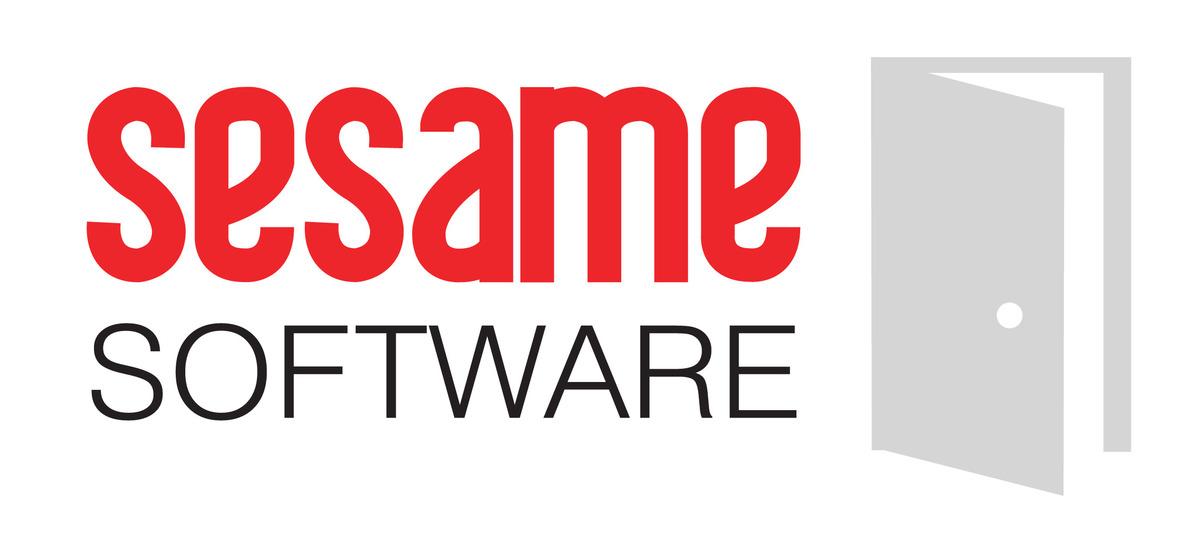In today’s data-driven world, organizations are collecting and generating vast amounts of data. To harness the power of this data and gain actionable insights, many businesses are turning to data warehousing. A data warehouse is a central repository for storing, managing, and analyzing data from various sources. However, before you embark on the journey of building a data warehouse, it’s crucial to ask the right questions to ensure its success. In this blog, we will explore the eight key questions you should consider before diving into the world of data warehousing.
1. What Are Your Business Objectives?
Before building a data warehouse, it’s essential to align your data strategy with your business objectives. Start by identifying your specific goals and the problems you want to solve with the data warehouse. Whether improving customer service, optimizing operations, or enhancing decision-making, a clear understanding of your objectives will guide your data warehouse design.

2. What Data Sources Will You Integrate?
Data can come from various sources, including databases, applications, external APIs, and more. Determine which data sources are critical to your business and must be integrated into the data warehouse. Additionally, consider the frequency and volume of data updates to plan for efficient data extraction and loading processes.
3. Who Are The End Users?
Understanding who will use the data warehouse is crucial for tailoring the system to their needs. Different users may require different access levels, analytical tools, and data granularity. To meet requirements, define the roles and responsibilities of data warehouse users, such as data analysts, business executives, or data engineers.
4. What Data Modeling Approach Will You Use?
Data modeling is the foundation of your data warehouse’s structure. You must decide between two primary data modeling approaches: the dimensional and normalized models.
- Dimensional Data Modeling: Organizes data into easily understandable structures, emphasizing intuitive relationships and hierarchies, commonly used in data warehouses for efficient querying and reporting.
- Normalized Data Modeling: Minimize data redundancy by organizing information into interconnected tables, optimizing data integrity, and reducing anomalies; used in transactional databases for consistent data storage.
The choice depends on your specific use case, but many organizations opt for a dimensional model for its simplicity and effectiveness in supporting reporting and analytics.
5. How Will You Ensure Data Quality?
Data quality is critical for any data warehouse project. Poor-quality data can lead to incorrect insights and flawed decisions. Establish data quality standards and implement data cleansing, transformation, and validation processes. Regular data quality checks and maintenance are essential to maintaining data accuracy.
6. What Technology Stack Will You Choose?
Selecting the right technology stack is a pivotal decision. Consider factors like data storage solutions, ETL (Extract, Transform, Load) tools, and analytical and reporting tools. The choice of technology should align with your organization’s technical expertise, budget, and scalability requirements.
7. How Will You Secure Your Data?
Data security and compliance are paramount in today’s data landscape. Your data warehouse must implement robust security measures to protect sensitive information; this includes encryption, access controls, and auditing. Additionally, you should ensure compliance with relevant data protection regulations, such as GDPR or HIPAA.
8. What Is Your Scalability Plan?
As your business grows, so will your data. Ensure your data warehouse is scalable to accommodate increasing data volumes and user demands. Consider cloud-based solutions that offer elasticity and scalability as a cost-effective way to manage growth.
While we have just addressed eight crucial questions to consider before executing a data warehouse build or planning a build, perhaps the most crucial aspect is to consider your team’s resources and the actual undertaking of the project.

Key Considerations for Launching Data Warehouse Construction
The time required to build a data warehouse can vary significantly based on several factors, including the complexity of requirements, the dataset size, the team’s expertise, and the technology stack chosen.
Constructing a data warehouse is a significant undertaking, and its timeline can vary based on factors such as team size and expertise. The process typically involves several key stages:
1. Planning and Requirements Gathering (1-2 months)
This phase consists of the data warehouse’s goals, scope, and requirements to align with business objectives.
2. Data Source Identification and Integration (2-4 months)
Connecting and integrating data from diverse sources into the warehouse to ensure comprehensive coverage.
3. Data Modeling and Schema Design (1-3 months)
The design of the warehouse’s structures includes decisions on dimensional or normalized models.
4. ETL (Extract, Transform, Load) Development (2-6 months)
Creating processes for extracting, transforming, and loading data into the warehouse for accessibility.
5. Testing (2-4 months)
Ensuring the data warehouse meets requirements, functions correctly, and performs optimally.
6. Deployment (1-2 months)
Rolling out the data warehouse for production use marks the culmination of the development process.
While these timelines are general estimates, project specifics and unforeseen challenges can influence the final duration. Alternatively, organizations seeking expedited development may opt for cloud-based data warehouse solutions or pre-built frameworks.
For a smoother journey, consider the ease of use offered by tools like Relational Junction for data warehousing. Unlike building an internal data warehouse from scratch, Relational Junction streamlines the process, providing a user-friendly experience without compromising functionality, this significantly reduces the time and resources required, allowing your organization to derive insights and advantages more efficiently.
Still Trying To Figure Out Where To Start?
We can help. Schedule a demo of Relational Junction today to discuss how we can help create a unified view of your data by bringing it all to one place with instant connections to on-premise or cloud enterprise applications or databases.

